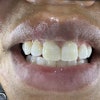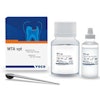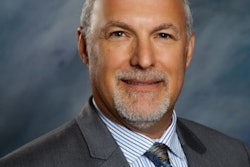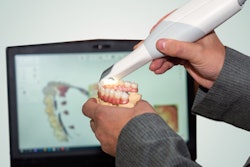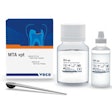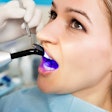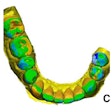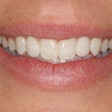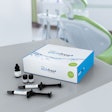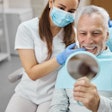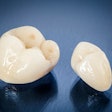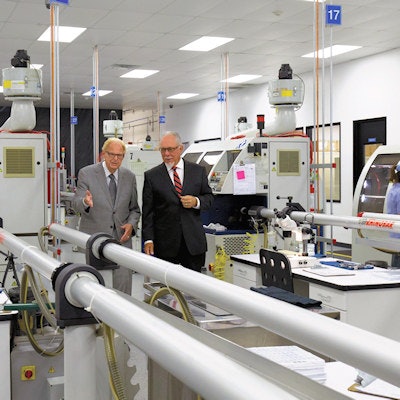
When was the last time you thought about your dental lab partners? Without their contribution and expertise, you wouldn't be able to treat patients as effectively. Dental labs deliver a custom-made product every single time, on demand and almost always on schedule -- and at a reasonable price. Not many businesses can operate under such rigor.
You may have more in common with your lab than you think. Do you worry about finding qualified, long-term employees? Or stress over the high cost of incorporating technology into your practice? Dental labs say these are among their top concerns.
Facing a labor shortage and rising costs
In the past, renowned dental technicians either started or bought into existing businesses. Yet in the last five to seven years, it has become increasingly difficult to find and keep qualified lab technicians.
 Dr. Teresa Yang.
Dr. Teresa Yang.About a decade ago, the U.S. Bureau of Labor Statistics (BLS) downgraded the status of dental technicians from skilled to unskilled labor, leading to a series of adverse consequences. One such is low pay that's not commensurate with the skills required.
According to the BLS, the mean hourly wage of a dental technician in California was $21.07 in 2020. Certified dental technician (CDT) Norman Cho of Castle Dental Labs said the low wages have made it hard to convince prospective students to choose the career.
"[They] are shocked and choose to pursue other careers that pay better," Cho said.
The low wages and alternative career choices have led to decreasing student enrollment. As a result, many dental technology programs have closed.
The ability to recruit foreign-educated technicians to the U.S. has also been affected. With the BLS unskilled classification, an argument to grant immigration into the U.S. carries little weight, given that the role can be filled by any high school graduate with minimal training.
Ironically, the necessary skills have only multiplied. In addition to understanding dental anatomy and material science, the technician also needs to be computer savvy and knowledgeable about dental software and hardware.
In addition to a labor shortage, labs of all sizes face another major challenge: the high cost of equipment. As technology advances, investment in hardware, software, and training are necessary to remain competitive.
It used to be that a pressure pot was almost all that a removable lab needed to go into business. With the advent of newer materials, the landscape began to change, and new metal-free restoration materials come at a price.
A small tabletop milling machine can range from $30,000 to $50,000, whereas a more robust, freestanding mill can cost up to $500,000. A 3D printer can also run $500,000 and is generally only used in large milling centers or big labs.
Larger labs with more resources can invest in these kinds of technologies. They also can keep all activities in-house, including research and development, marketing, customer service, engineering, and information technology.
But that kind of investment can be too burdensome for smaller labs, which often continue the longstanding practice of sending out portions of their work. However, just as most dentists have transitioned to digital radiography, eventually, smaller labs will have to make some investment in technology.
How small labs can compete
Despite a limited number of technicians and high equipment costs, smaller labs have some strategies to compete with larger operations. Smaller labs can provide personalized service, deliver consistent products, and establish fair prices -- strategies that are no different from the solo dental private practice where patients value their relationship and history with the dentist.
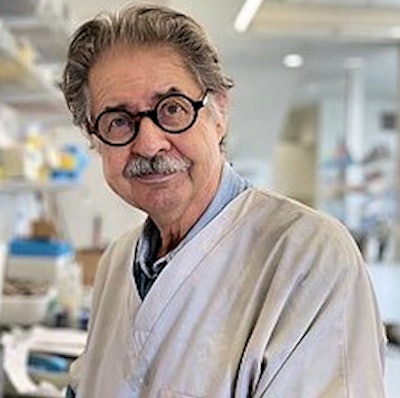 George Seeber, CDT. All images courtesy of Dr. Teresa Yang.
George Seeber, CDT. All images courtesy of Dr. Teresa Yang.Cho often gives in-person customer support, and some of his most valuable customers are new dentists.
"Younger dentists need the experience and guidance from an experienced laboratory. And they are not shy to ask for assistance," he said.
Cho is by no means the only technician to notice the limited removable training new dentists currently receive. George Seeber, CDT, who began his career more than 50 years ago, has also witnessed this trend firsthand. Seeber reported that the number of frames he casts for dental students at the University of California, Los Angeles has dropped by half, and that he, too, coaches new dentists.
An uncertain future
Still, in an industry where every single product is custom made, the future of lab technicians appears uncertain. Many technicians predict a consolidation of dental labs in the next five to seven years, thanks in part to more automation.
One of the largest players in the dental lab space, Glidewell, predicts the following: "The future will likely see crown and bridge labs getting larger and small labs being more focused on removable partials and dentures. Crown and bridge production will become more automated and, as a result, more of a commodity, reducing prices."
Glidewell already offers a chairside milling system utilizing artificial intelligence that requires little or no dentist involvement, based on the belief that the dentist's time is better spent as a clinician rather than a technician.
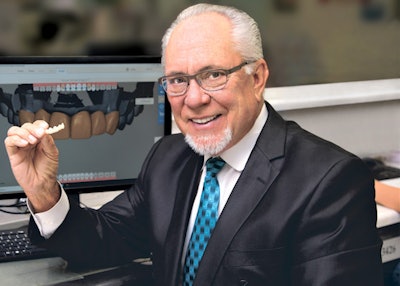 Jim Glidewell, CDT.
Jim Glidewell, CDT.Entrepreneurs are also hoping to pave the way to an automated future. In 2016, two business school dropouts started a company named Dandy -- previously called Orthly -- that marketed a hybrid of Invisalign and Smile Direct aligner treatment. Since then, they've pivoted to a digital lab focus.
With $50 million in venture capital money, Dandy's goal is "to modernize the dental lab process." With promises of a "free" $30,000 Trios scanner and faster turnaround times, Dandy hopes to disrupt the entire industry. A search of their company information shows they're currently looking for a revenue operations analyst, multiple data analysts, and several engineers.
As a dentist, I'm skeptical of the promises of automation for now. I'm left wondering why I would want to insert a middleman if direct communication with my lab is critical to each case's success. Even with the incentive of free equipment, will my lab bills really be cheaper? When every restoration is unique and custom made, will the skilled labor of anonymous labs be good enough as this business model drives toward economies of scale?
Cho, who works in the more analog removable world, sums it up for me. "The survivability of the small lab is yet to be determined," he said.
Seeber is also realistic. "Every decade life changes," he said. "That's just the way it is."
The comments and observations expressed herein do not necessarily reflect the opinions of DrBicuspid.com, nor should they be construed as an endorsement or admonishment of any particular idea, vendor, or organization.
